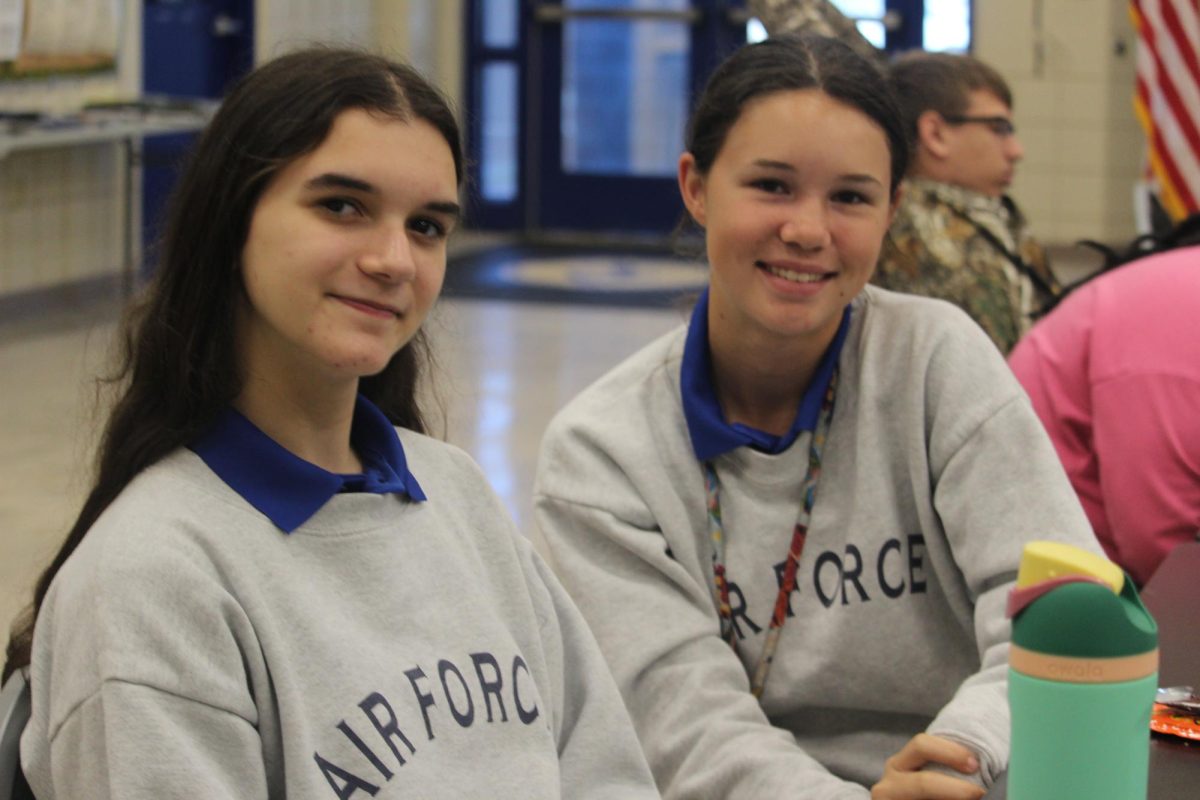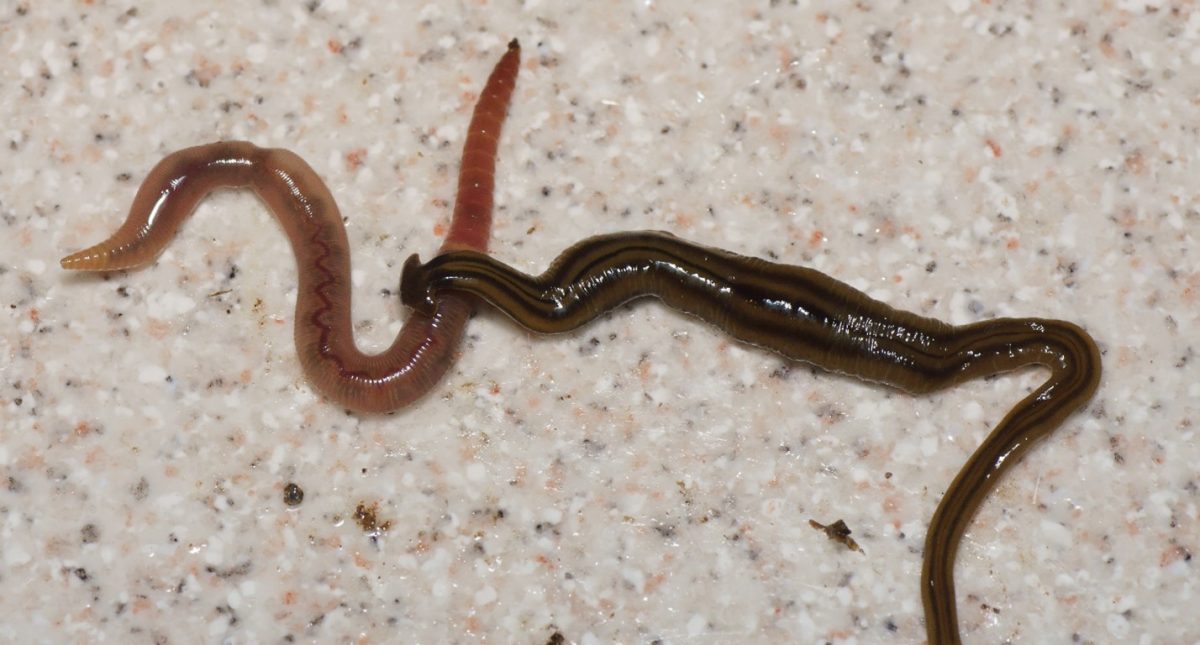
With each passing year, the amount of students has increased drastically. To accommodate that change, the class sizes per teacher will be changing.
The State Department of Education standards’, class size and teaching load 10.02.5 require that, “a teacher shall not be assigned more than 150 students; an individual academic class shall not exceed thirty (30) students.” So in some classes there would be 30 students, the max, but in others there could be fewer.
“In The Freshman Academy, there is an average of 25 students per class in a seven period day,” Principal Dr. Jay Pickering said. “For high school teachers, we’ll take A day and B day, and make sure that the total of all the classes is 150 or less. But what we’re really trying to do is drop it down in each class to get the class load to be between 20 and 25 students.”
Smaller classes are beneficial for the teachers and the students because then the teachers will have more individual time to work with each student.
“I like smaller classes because you get to develop a better relationship with a teacher,” junior Spencer Calicott said. “I think you can get a better education because you’re more focused in smaller classes.”
The smaller class load is also helpful to teachers because then they would have a less amount of papers to grade.
“In English for instance, it’s a monumental task to grade 150 to 180 papers; and it really would allow them [the teachers] to give true feedback on a one to one basis with that student,” Pickering said. “Our teachers are doing a fantastic job with the course loads they have now, our students as well, they’re just doing a phenomenal job. But 150 students is definitely the maximum amount of papers that they’ll have.”
Advanced Placement Language Art teacher, Tara Seale began her school year with 174 students. After the rebalancing of class sizes, she had 167 students in the fall and now Seale currently has 165 students.
“If I spend 10 minutes per student leaving comments, that equals 1,650 minutes or 27 and a half hours, which is almost impossible to do in one weekend. Not only that, I am exhausted after 125 papers and I know I still have 40 papers to go,” Seale said. “With the reduction to 150 students, it will cut down my grading load by two and a half, to only 25 hours. Obviously, I think 150 students in an AP Lang class is too many as well.”
Because of the lower amount of students in each class the district will have to hire more teachers. Every year after CAPs conferences, the staff takes each teacher’s numbers of requests for their class, and then they take those numbers through the Superintendant to the central office to tell them which teachers the school will need for next year. With the growth that the district has had, there will be more teachers needed.
There will be 13 new teachers that are approved for the next school year. Three additional teachers in math, two more additional teachers in science, English language arts, foreign language and two family and consumer science teachers and one new history and art teacher.
Even though there already is barely enough room for the amount of teachers currently staffed, where next year’s classes will be is a tough subject.
“I’m going to conduct a study on our buildings’ visibility, to see what open classrooms we have,” Pickering said. “We’re going to have to be creative in some areas; some teachers will have to float.”
Floating is when some teachers will not have their own room. Depending on what course they’re teaching that block, they might have to switch from room to room accordingly.
“I know that we are full and class space size are a problem, but if we want to do what is best for students, we will try to keep that size to one that will enhance the learning environment and not overload teachers as they go home at night,” Seale said.
It is not yet determined if students and teachers will have to have classes in the portable buildings, like they did in the 2011-2012 school year.
“I didn’t really like the portables that much because there was a lot of kids all crammed into one room,” junior Alyssa Singleton said. “I hated having to go the longer distance back and forth between each building and the portables; it was a hassle.”
The budget won’t be affected that much because the growth of students and more teachers together in one school balances each other out. There will only be more staff members added to the budget.
“It’s all about the reduction of papers being graded,” Pickering said. “Being able to get more involved and a more in depth analysis of each individual student.”






